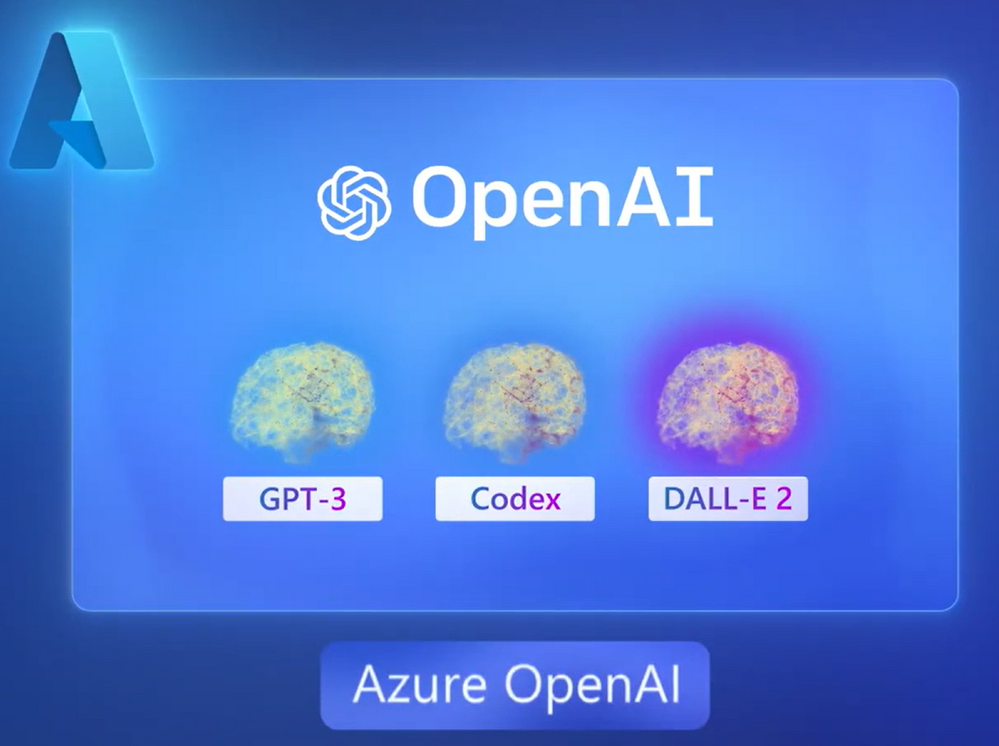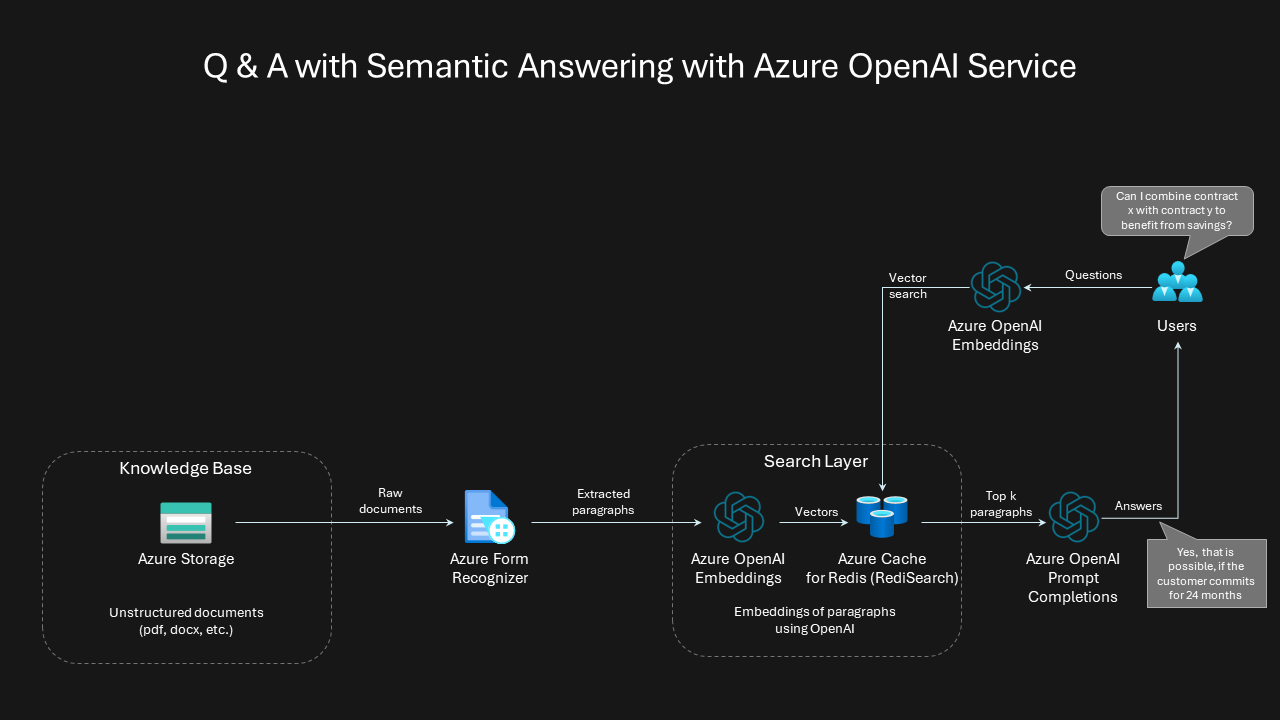Overview
Whenever I shop online, checking the reviews of the products is a tedious task. Sometimes the low-rated reviews are based on delivery, packaging… whereas a few high-rated reviews might be on cost but not on quality. Generally, reviews/ratings are displayed without any context which results in customers needing additional time and effort to get the most value out of it. Hence, we built this prototype using Azure Open AI to present the consolidated information from all the reviews of a product.

Prerequisites
- Azure Subscription with permissions to create the required resources.
- Azure Open AI service access – check the registration process.
- Python 3.9 or later
Review Intelligence
We fed all the reviews of a specific product to GPT-3 text-davinci-003 model with a prompt to classify the text based on the three categories – Cost, Quality, and Delivery as shown below. Prompt is where user provide the English text command which the API endpoint of the model will use to generate the completions.
classify_prompt = f'Classify the following review into 1 of the following categories: categories: [Cost, Quality, Delivery]\n\unreview: {s}\n\nClassified category:'
response = openai.Completion.create(
engine="text-davinci-003",
prompt=classify_prompt,
temperature=0,
max_tokens=100,
top_p=1,
frequency_penalty=0,
presence_penalty=0,
best_of=1,
stop=None)
Similarly, we classified the sentiment of the text using the same model on three categories - Positive, Neutral, and Negative.
sentiment_prompt = f'Identify the sentiment in the following review into 1 of the following categories: categories: [Positive, Neutral, Negative]\n\nreview: {s}\n\nClassified category:'
response = openai.Completion.create(
engine="text-davinci-003",
prompt=sentiment_prompt,
temperature=0,
max_tokens=100,
top_p=1,
frequency_penalty=0,
presence_penalty=0,
best_of=1,
stop=None)
Here is the sample result after the category classification and sentiment detection of the review text.

As you notice, we are using the pre-trained model available in Azure Open AI service as is above. There are three main approaches for in-context learning: Few-shot, one-shot and zero-shot. In this case, we didn’t provide any examples to the model and only the task request is provided hence it’s zero-shot learning. Based on your requirement or pilot testing, you shall consider fine tuning the model using one of the available models for fine tuning.
Above category classification and sentiment detection job needs execution only once per review text and store the results for future use. Existing data shall be analyzed using one batch processing design options and real time events shall be analyzed using one of real-time processing design options in Azure Architecture Center.
Now when a user requests for review intelligence, make an API call to Azure Open AI service to summarize the reviews per category as shown in the following command.
response = openai.Completion.create(
engine="text-davinci-003",
prompt=review_text,
temperature=0.7,
max_tokens=100,
top_p=1,
frequency_penalty=0,
presence_penalty=0,
best_of=1,
stop=None)
Also consolidate the results from sentiment column per category to show the review intelligence summary below.

Product Search
Another use case where Open AI service can bring value is on product search. First, get the embeddings of the product description text using get_embedding API with test-davinci-search-doc-001 model and store the result in a separate column named davinci_search.
df['davinci_search'] = df['product_description'].apply(
lambda x : get_embedding(x, engine = 'text-davinci-search-doc-1'))
Below is the sample data frame after including the embeddings.

Now using ordinary questions like text and using cosine similarity and text-search-davinci-query-001 model, we will retrieve the top four most relevant items as shown below.
def search_docs(df, user_query, top_n=3, to_print=True):
embedding = get_embedding(
user_query,
engine='text-davinci-search-1'
)
df['similarities'] = df.davinci_search.apply(lambda x: cosine_similarity(x, embedding))
res = (
df.sort_values('similarities', ascending=False)
.head(top_n)
)
return res
res = search_docs(df, "feel good ear phone with good sound quality", top_n=4)
The above search request will return the results like the one shown below.

Jupyter Notebook for this demo is available in this GitHub repo.
Below is an approach to extract data from your own knowledge base, create embeddings and use prompts to find the best answer to your customers.

Conclusion
In this post we have seen a demo of how easy it is to use Azure Open AI service to bring intelligence to your eCommerce Portal and provide better experience to your customers.
Citation
In this demo, we used the dataset published as part of the following paper.
Justifying recommendations using distantly-labeled reviews and fined-grained aspects
Jianmo Ni, Jiacheng Li, Julian McAuley
Empirical Methods in Natural Language Processing (EMNLP), 2019
This post was originally published at Azure Developer Community Blog.